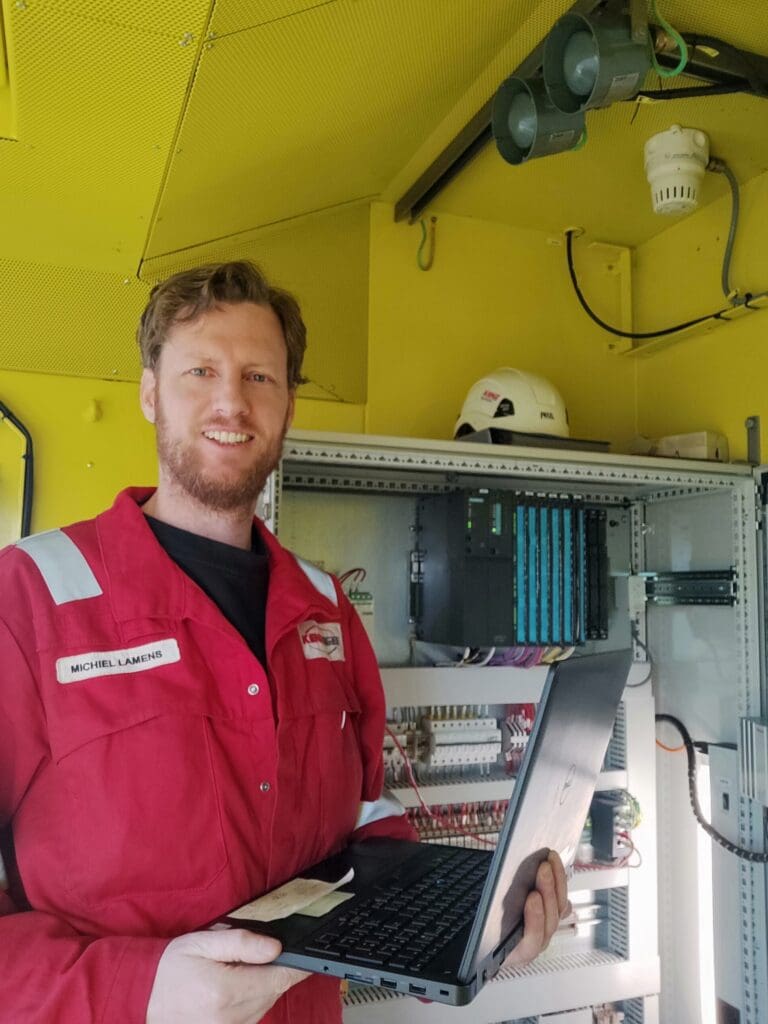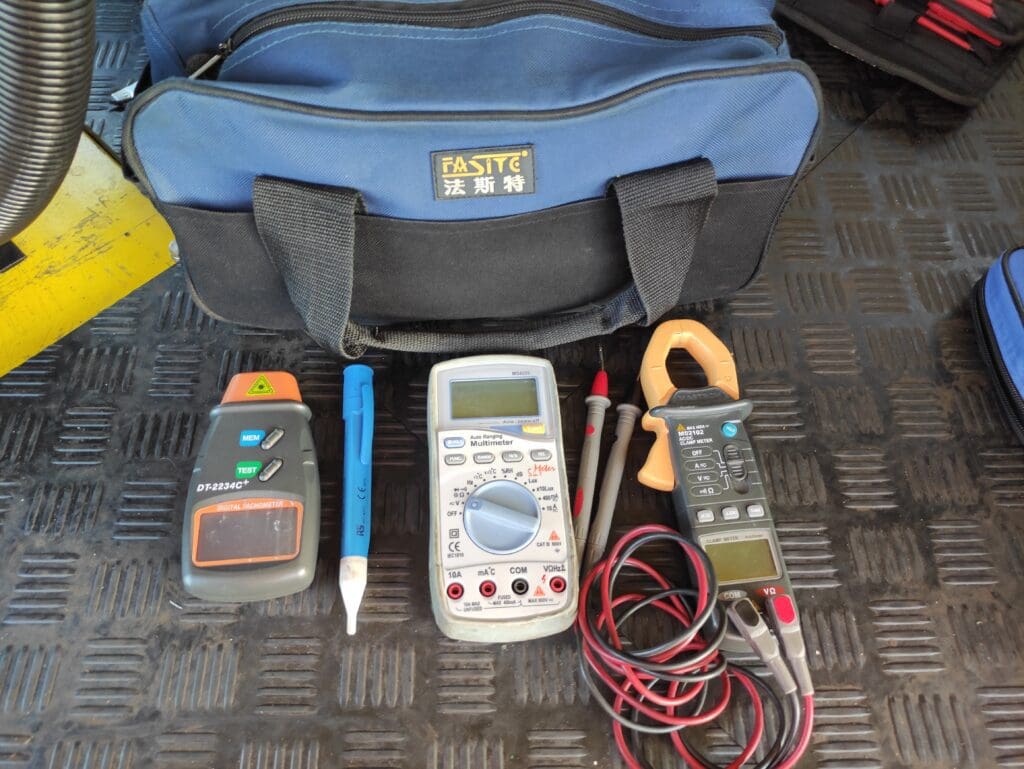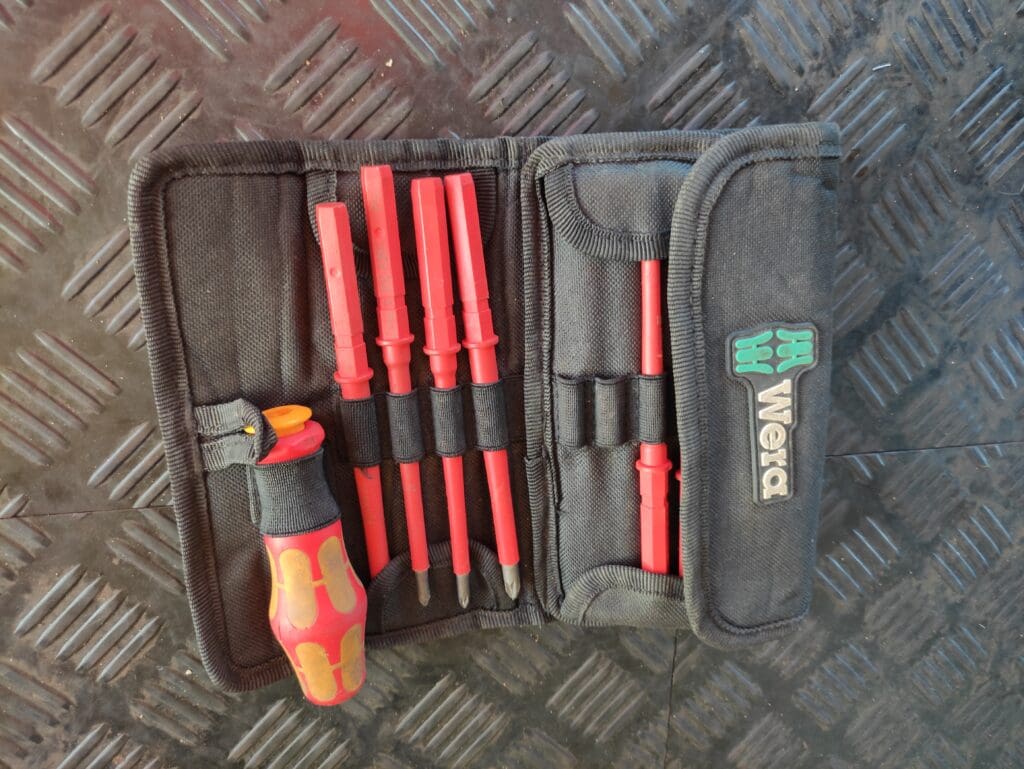Life of an Offshore Cranes Field Service Specialist
Michiel Lamens is an International Field Service Specialist based in Amsterdam in The Netherlands. This week he is working in Aberdeen in Scotland.
Michiel works for KenzFigee. KenzFigee is a world leader in the design and production, of innovative lifting solutions and offshore cranes for the marine, offshore and wind energy industries. In addition they provide a variety of ancillary services.


Field Service Specialist Michiel Lamens keeping offshore cranes working all over the world
Background
What was your first engineering job?
My first job was for the bulb growing industry in Breezand at the top of North Holland. I worked on general agriculture machinery and tractors. Most of the work was done in the workshop but when a machine broke down it needed a field trip.
When and why did your interest change?
A lot of my friends were working in the offshore industry, and that got me interested. I started to look and had quite a few attempts at getting hired in an offshore job but didn’t succeed. This was around 2009.
Then an agent introduced me to KenzFigee. I had never heard of this company, but they have a service department which works offshore. The offshore service department maintains, installs, and upgrades cranes on oil and gas platforms, drill platforms and ships around the world.
As this was offshore work, my plan was to work with KenzFigee for a year to get the needed experience. However, 13 years later I am still working for them. That’s because, I love to travel around the world for work.


Do you have a favourite place?
Overall, Asia is my favourite.
Career progression in offshore cranes
How has your career progressed?
I’ve moved up from being a technician to being a specialist, and have specialised in:
crane PLC
mechanical
hydraulics
electrical.
Typical Day as Field Service Specialist for offshore cranes
There probably isn’t one, but what is a typical day?
A typical day can involve anything from doing oil replacement to supervising a team during dockings and maintenance campaigns. During maintenance a crane or cranes get fully refurbished on site or the crane is taken off and brought into a workshop.
How big are the cranes?
The cranes are in the range from 1 to 400 tonnes. They are all engineered, built, and tested on site in the Netherlands.


Weather
How do you cope with weather?
Cold is not my favourite weather but I have found that merino wool makes it a lot more comfortable.
For wind I wear a rain jacket even though there is no rain, and that helps.
I like heat but I always need a couple of days to acclimatize. Then other than PPE I keep clothes to a minimum.
Challenges
What has been your most difficult job ever?
Most job are well prepared in advanced. However, when a crane stops working and you quickly fly in to get it repaired there can be some head scratching!
Tools while working on offshore cranes
What do you usually have in your tool kit?
To be honest, every site visit is different, so my toolbox always contains a unique set of tools. I pack specifically for each trip.
I can give an example at the moment, I have:
Laptop
Multimeter
Amp meter
Tachometer
Solenoid tester
Then I have two bags:
One with my PPE and working clothes
The other bag with non-work clothes.


Is there anything you always have in your bag?
The one thing I always have always in my tool bag is the Wera screwdriver set. I bought this like 8 years ago and the quality is remarkable.


What is in your tool kit/bag which is nonstandard but really useful?
The sort of nonstandard tools I carry are interface cables to programme a component or device in the crane. For example, on my current job, I have a cable to program the UHF and VHF radios. The challenge was to get the correct software. Internet speed offshore is not the greatest.
Which tool could you not work without?
I could not work without my laptop.
I use my laptop for:
programming the PLC
fault finding with the PLC
seeing the schematic
accessing the drawing
and of course writing the daily reports.


Which tool do you use the most?
My most used tool is in the left chest pocket of my coverall. This is an EX rated flashlight. I often work in narrow spaces in the machinery house where there is not always plenty of light. This flashlight makes life a lot easier, as you can see what you are doing.


Communication skills
What do you keep in your communication tool kit?
A personal tool is how you deal with people. As a field engineer you will meet a lot of people and hear different stories.
The job will always go better and more efficiently if you treat people the way you would like to be treated. Always keep in mind the culture differences.
Humour will also help a lot as well as not taking things personally and too seriously.
Transportation while working on offshore cranes
What’s the best bag, box or case you have ever used?
For my laptop and documents, I use a Wenger bag. The one I’ve got has already lasted for 8 years and is a great quality bag. However, it’s now time for this bag to retire! This bag is really handy when climbing the ladder to the crane as it’s a back scratcher then in the operator cabin, it becomes a belly bag!
As well, I have a small Peli case where I sometimes carry the tools needed for the job; but somehow, I still like my small soft bag. In fact, I’m wearing it now.
For PPE personal protection equipment like helmet, coverall and boots, I use a NorthFace duffel. If I’m not bringing too much in the way of personal clothes and tools, I can manage to keep it to one bag. For going offshore only soft luggage is allowed with a weight restriction of 10.5 Kg a bag.


New field engineers
In a few words why would you recommend this job?
That’s easy:
It could be my hobby.
Further reading
Other engineers working at heights:
Gokhan Oruc on becoming a Wind Turbine Technician
Begum Demirtas is the first woman to join the wind turbine support team at Vestas, Skane, Sweden. She shares her story


Responses